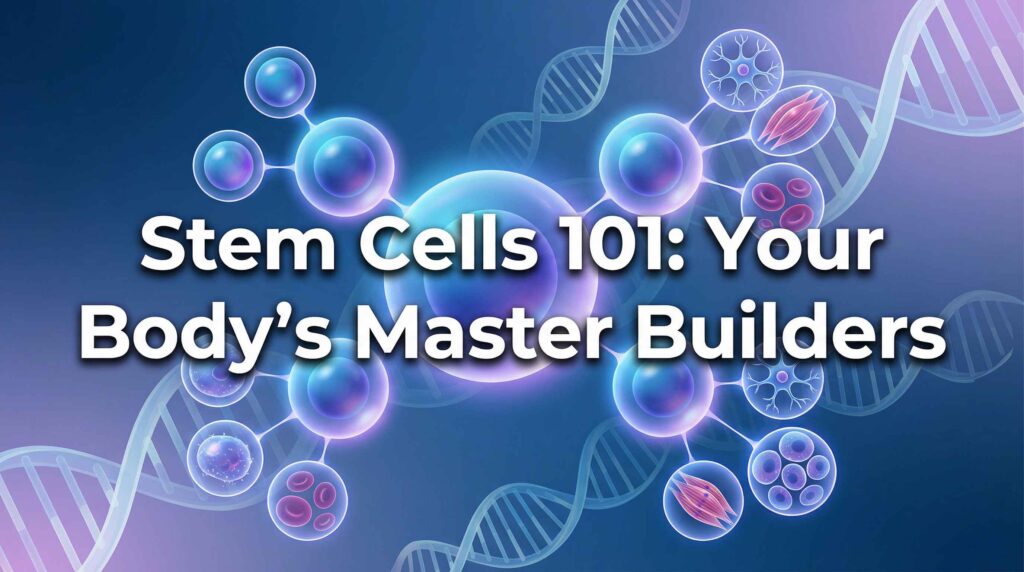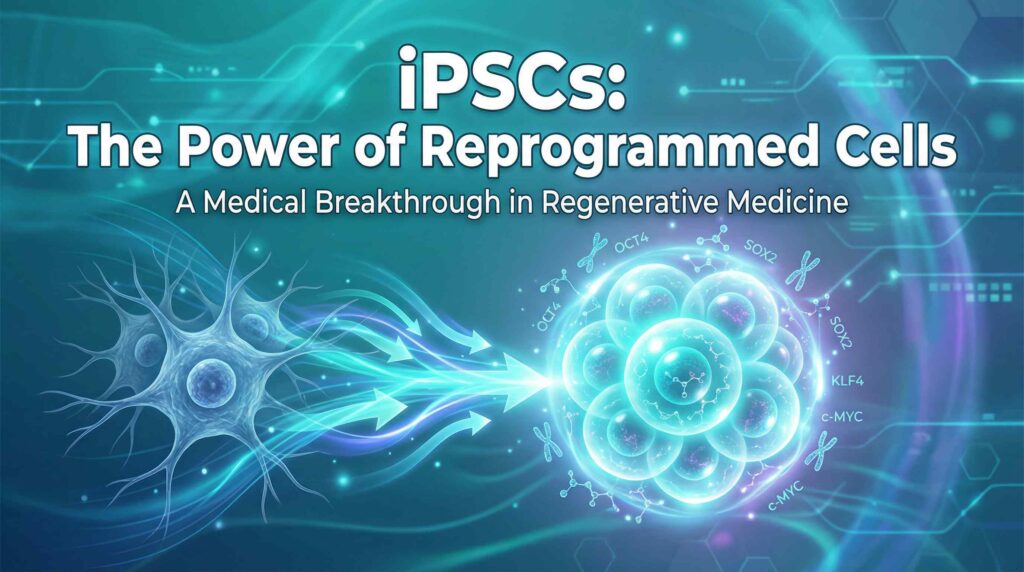Mark Kotter discusses how software-inspired approach to synthetic biology facilitates the targeting and reprogramming of entire sets of stem cells into other human cell types.
By combining synthetic and stem cell biology, Mark and his team at bit.bio are providing stable supplies of human cell types for research and drug discovery.
Video Transcript:
(soft music) Stem cells are the most fascinating cell type because you can actually, you know, nudge them into any other cell type. And they’re literally the origin of our entire bodies. (soft piano music) Synthetic biology is really taking a soft approach to biology. You can look at the cell as if it were a computer. You’ve got the hard drive, the DNA, which contains the software, or the operating system.
So, all the genes that we have. And in any particular moment in time, only a subset of these genes are active and they’re structured in programs called gene regulatory networks.
And these programs are then controlled by transcription factors. These are the code words that you can use to activate different programs. And what this means is if you change the program and you swap a stem cell program for a brain cell program, the entire cell will change.
Now, it turns out that brain cell was super difficult, not only to differentiate, but also to program. And whilst we made some early progress, we encountered a problem of efficiency. We only got very, very few cells that we were able to program. So that made us realize that, really, a process called gene silencing seems to be the big problem. The recognition of a cell that this program shouldn’t be switched on triggered a defense mechanism.
Thankfully, we found a way, which we now call Opti-X, which really takes, you know, advantage of genetic safe harbours. You could say our Opti-X technology is like the enter button to the operating system of a cell. With this, we can ensure that the program that we want to turn on is actually executed very faithfully, and that allows us to program entire sets of stem cells into brain cells or any other cell type.
So essentially, we are reverse engineering a cell. If you think about it, any disease is something that goes wrong on a cellular level.
So in principle, you could argue that every disease should have a cell type that you can use to correct. With all that we’re learning constantly, I think we can push into in an era where we engineer cells exactly to specification. And that will allow us to take, you know, a very precise approach to cell therapies.
We were creating the first prototypes and it was one of these very early batches that we reached out to Charles River. It’s funny, their response was very similar to my initial response when they got the first vials.
They were quite shocked about, you know, what they saw under the microscope. They plated out the cells and within days, they created these neuronal networks. And so, the partnership between Bit Bio and Charles River really means leveraging our approach to creating cells and disease models that are real human, and providing them in sufficient quantities to companies like Charles River that use them for drug discovery. The next step up would be to use cells that reflect the genetic properties of this patient population that you’re thinking to treat. Then, logically, you want to move from single cell types to mixed cultures and perhaps, you know, organized systems or systems that allow you to study cell interaction in 3D, all the way to models that are predictive and can be used to monitor or, you know, help treatment decisions.
We see biology transitioning from sort of traditional observatory science to something that is deterministic. The last time this happened was, you know, around the time of Newton in physics. From Newton, we went from observation to steam engine to rockets in a very short period of time. I think in bio, we just see something very similar. And so, I think the opportunity in front of us is immense, but we’re just really at the beginning, (inspiring music).



